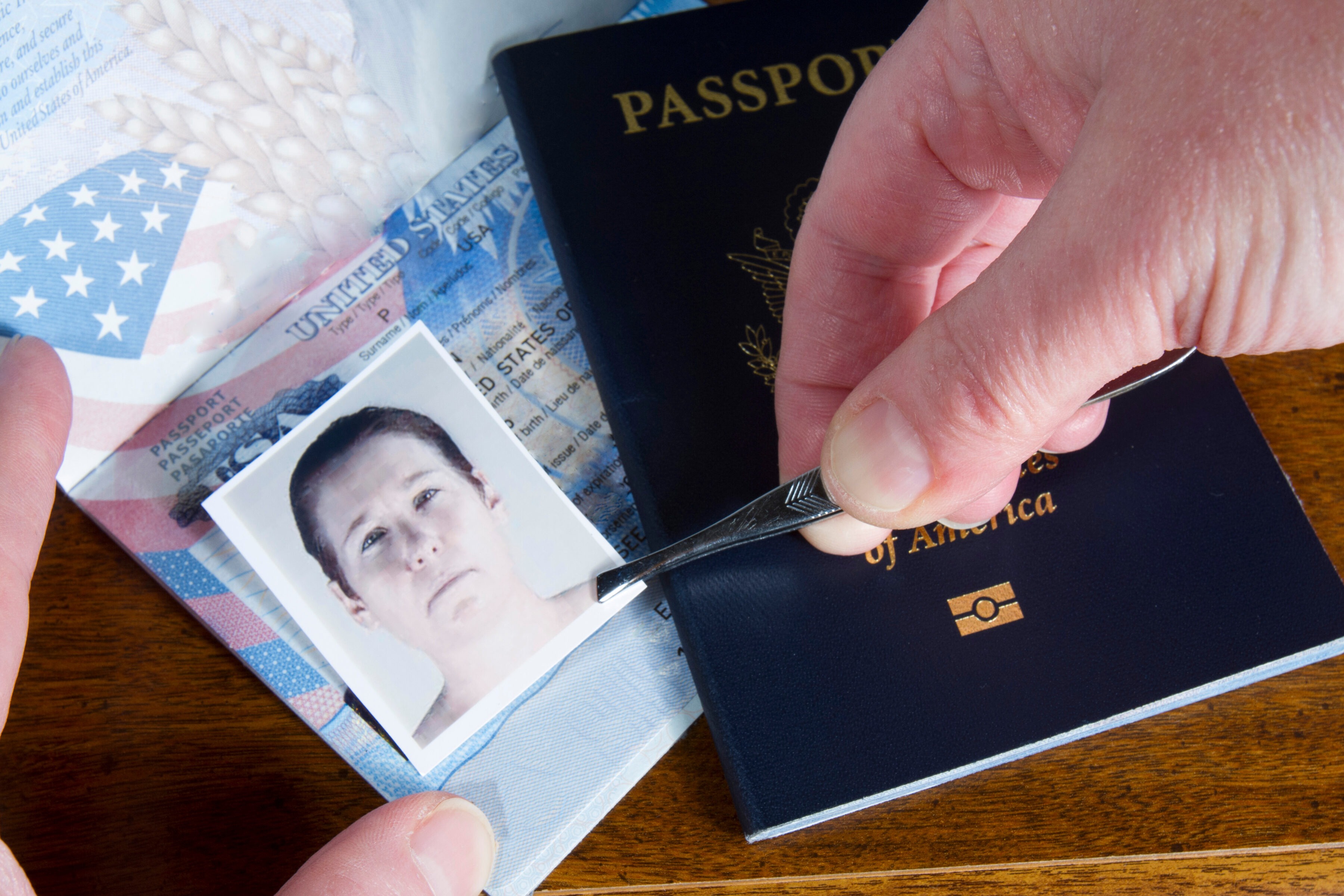In the digital age, there are plenty of areas where technology can be used for the better. It can make certain aspects of life more convenient, foster more connectivity, and remove barriers to access to knowledge and resources.
However, bad actors can leverage the power of advanced technology just as easily as everyday users, with the aim of exploiting or extorting victims and organizations. The hope is that everyone can use advanced technology like artificial intelligence (AI) responsibly, but this simply isn’t the reality.
Case in point–the spike in hyperrealistic fake IDs being made with the help of AI.
The Problem with Fake IDs
When you first think of the person who is trying to obtain a fake identification card (ID), your mind might jump to a 19-year-old who wants an ID showing they’re above the age of 21 so they can get into a bar with their friends. And you wouldn’t be wrong–some reports show that 69% of college students surveyed have owned or used a fake ID at some point.
While this is certainly an illegal activity that comes with a long list of consequences for perpetrators, there are other, more insidious reasons why criminals want to get their hands on a good fake ID.
One reason is to engage in synthetic fraud, which is a type of identity theft where a fraudster uses a combination of both stolen and fictitious personal information to create a brand-new identity. For instance, maybe they’ll steal one person’s Social Security number, someone else’s home address, and come up with a fake name to create a synthetic identity.
Getting a fake ID with all of this information helps to legitimize their new, false identity and support their fraudulent schemes–like applying for credit cards, loans, or other financial accounts. In fact, a report our team put together earlier this year highlights the fact that 55% of businesses in the United States say they received the submission of fake or modified physical documents in 2023.
How AI is Making the Fake ID Problem Worse
In the past, getting a fake ID that’s compelling enough to bypass identity verification and know-your-customer (KYC) checks has not been impossible, though it’s not always been successful. The entire process might take a few weeks to a few months. Plus, it might be hard for spoofers to accurately replicate the holograms or watermarks the issuing state includes on their IDs. However, people can and have been getting fake IDs produced for decades.
Now, with AI technology, it’s going to become easier and quicker than ever.
How to Spot an AI-Produced Fake ID
Fraudsters’ tactics will continue to evolve, and AI-produced fake IDs will only get harder and harder to spot as the technology advances. However, businesses are not entirely helpless against these efforts.
When checking scans or submitted images of ID documents manually, there are a couple of tell-tale signs that an ID is fake, such as a missing or distorted hologram, missing state seals on driver’s licenses, a lack of machine scannable elements, and irregular or incomplete text. Comparing a legitimate ID against a suspected counterfeit should provide additional confirmation that the document is fake.
Certain businesses rely on identity verification systems to process the large volume of new account sign-ups they receive. They can also implement a number of checks and balances to combat fake IDs, even if they aren’t checking each one by hand.
One option is to not allow photo uploads of ID documentation when verifying customer identities. Instead, they should require new users to snap a photo of the document in real time. Since services like OnlyFake provide images of bogus documents, not physical copies, fraudsters would be unable to pass through ID verification with just an image.
Another layer of security is to implement liveness detection tests, requiring users to take a live photo of their face during account sign-up so it can be compared against the provided ID for validity.
Identity Verification to Mitigate Threats From Sophisticated Fake IDs
With the proper ID verification systems, businesses can ensure that their customers are who they say they are, preventing costly fraud, reputation damage, and data loss that criminals can cause. Even as AI tech advances, leveraging cutting-edge identity verification solutions like AuthenticID can help you detect even the most sophisticated fraudulent documents.
Learn more about our quick and convenient ID verification software.

